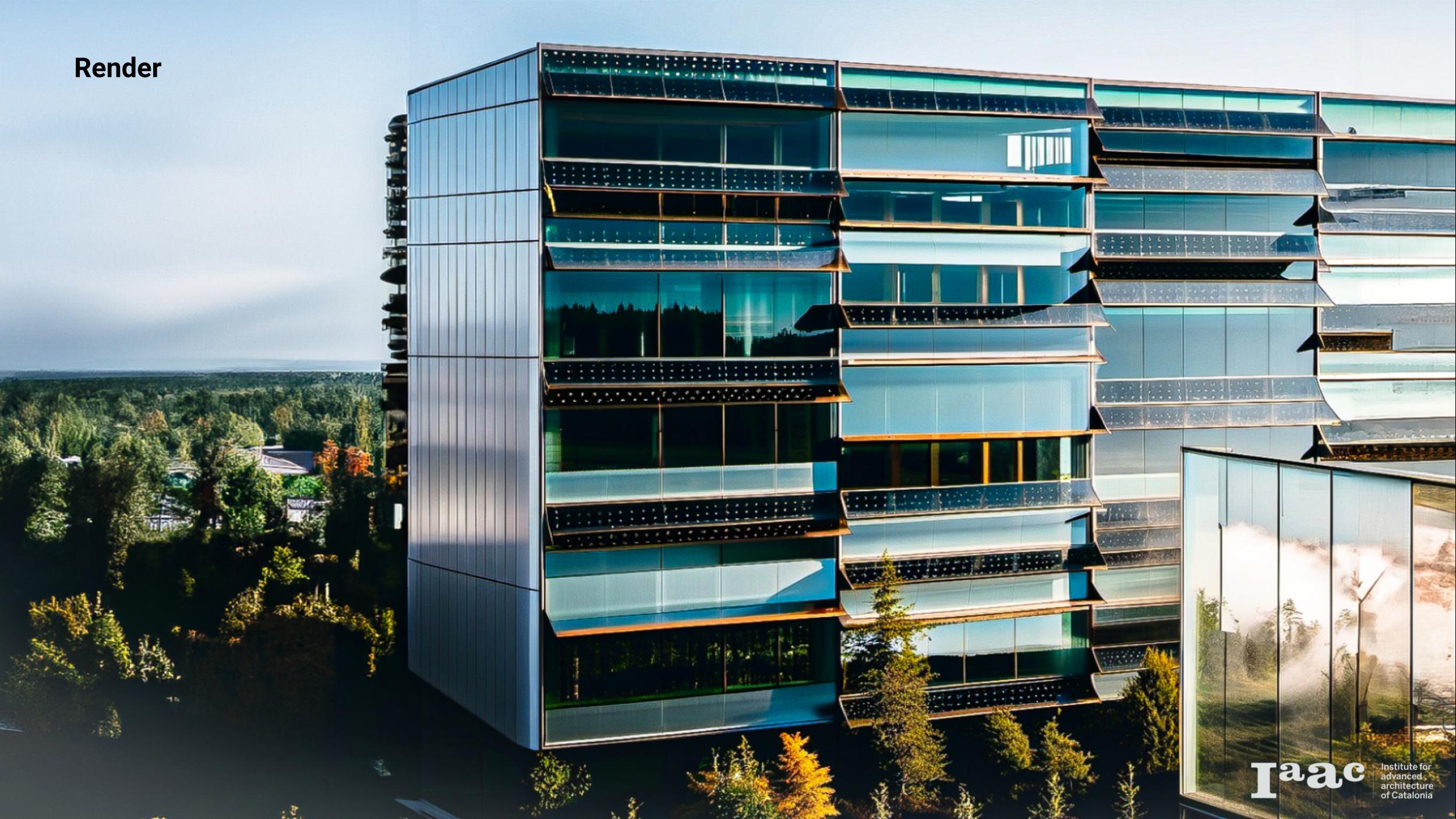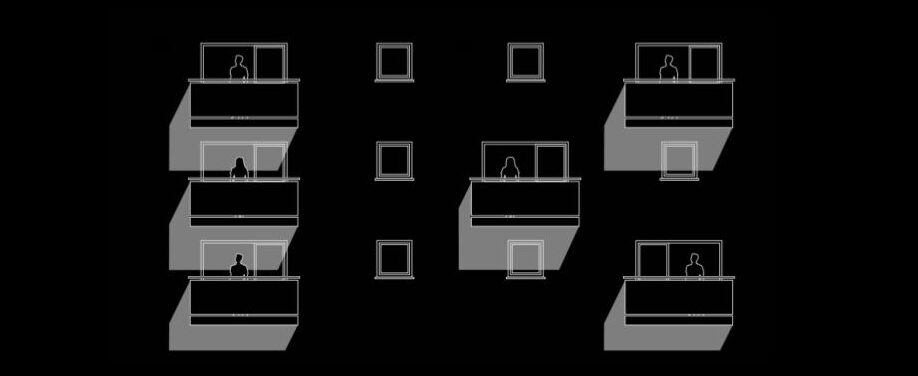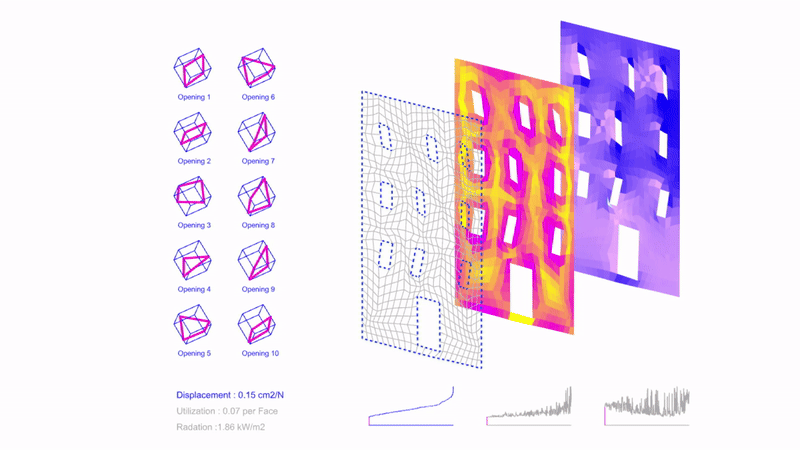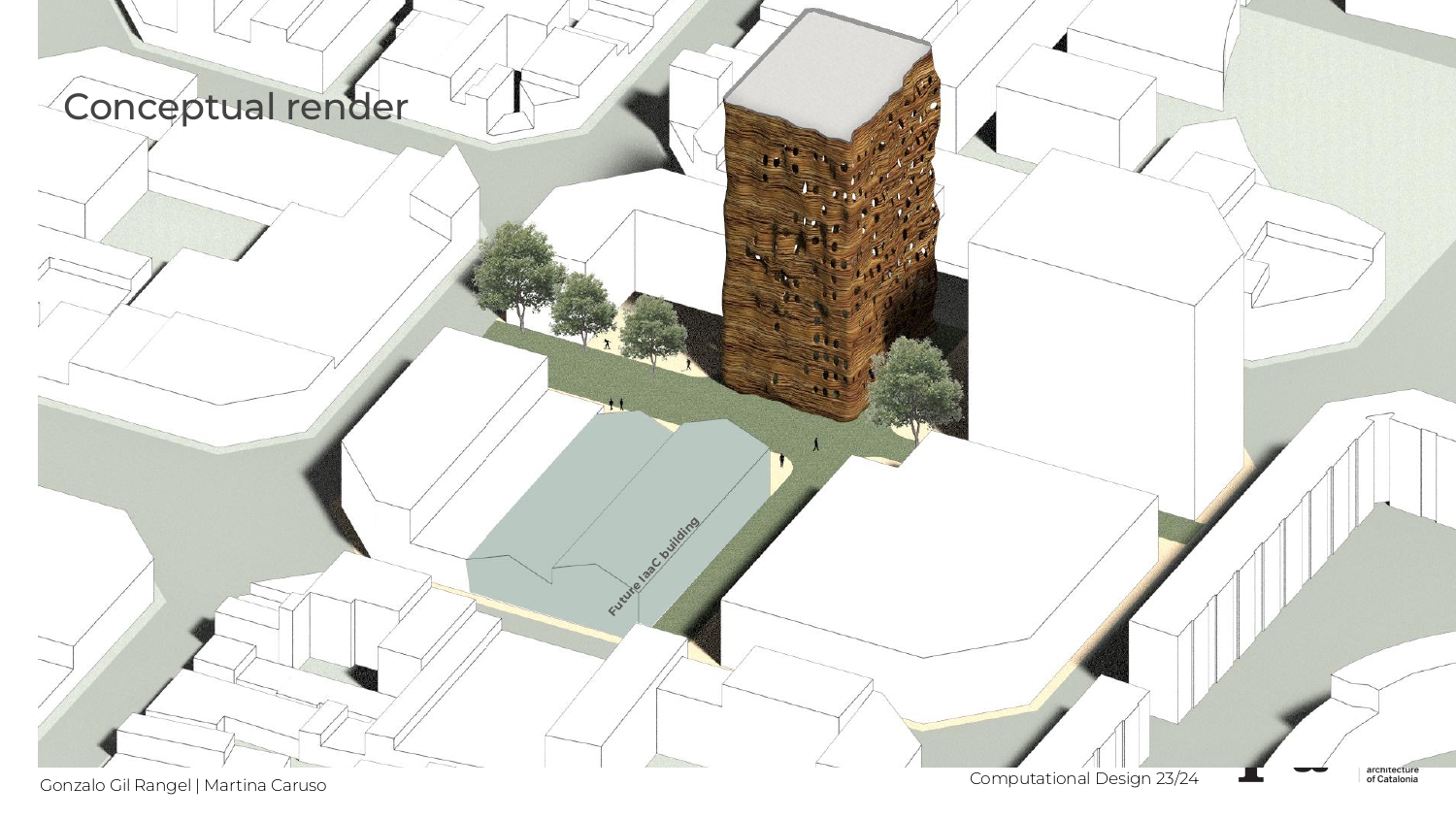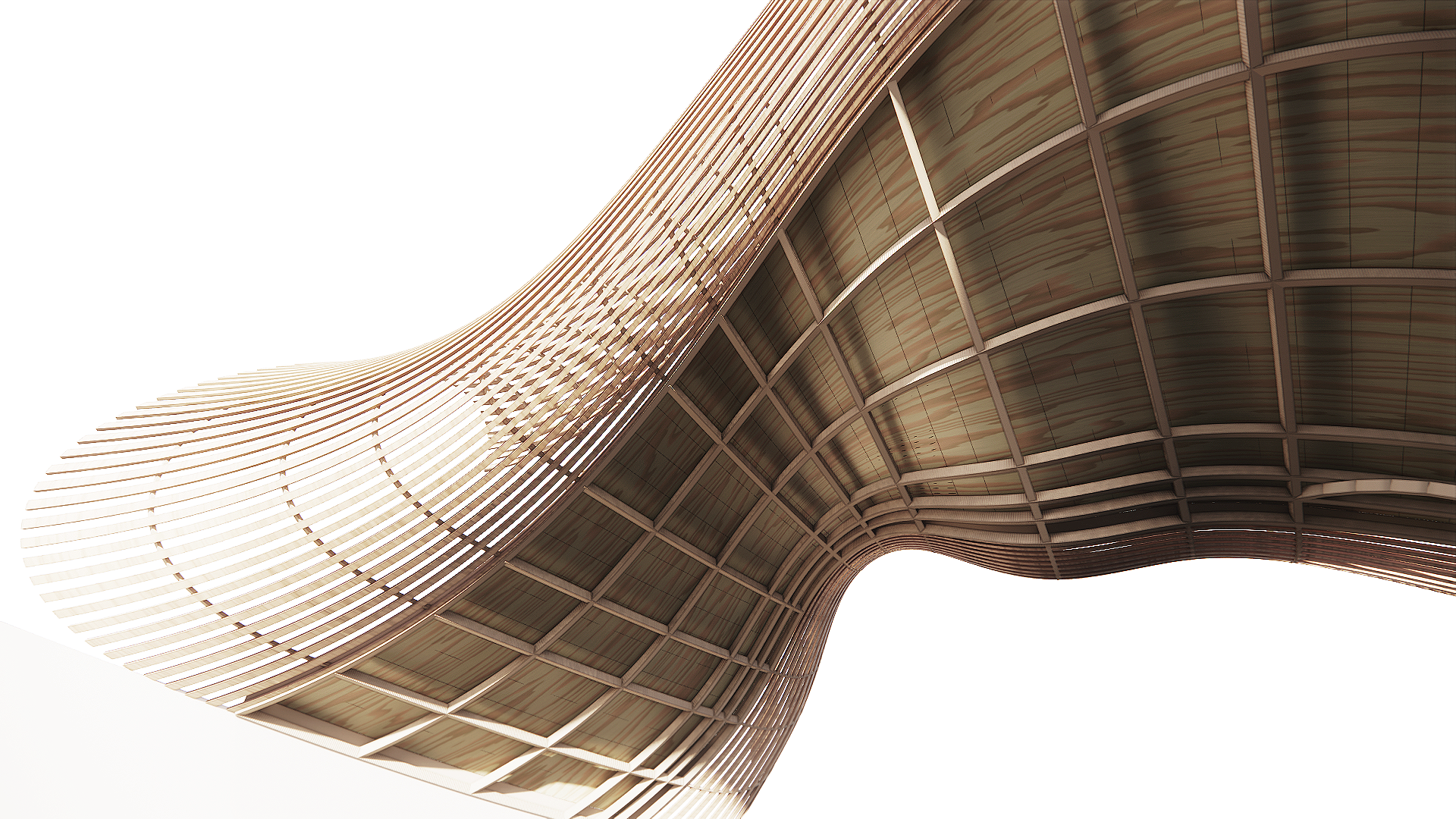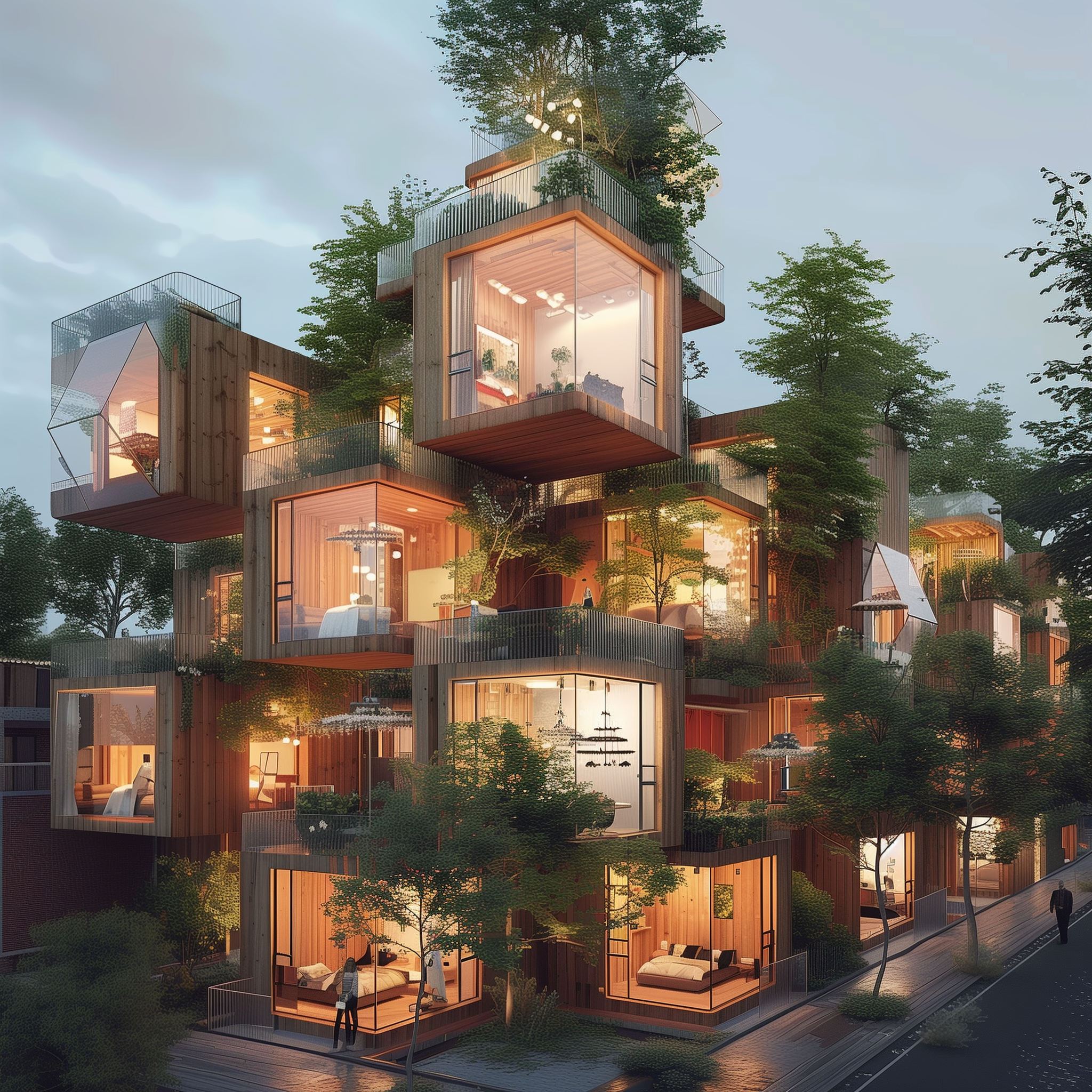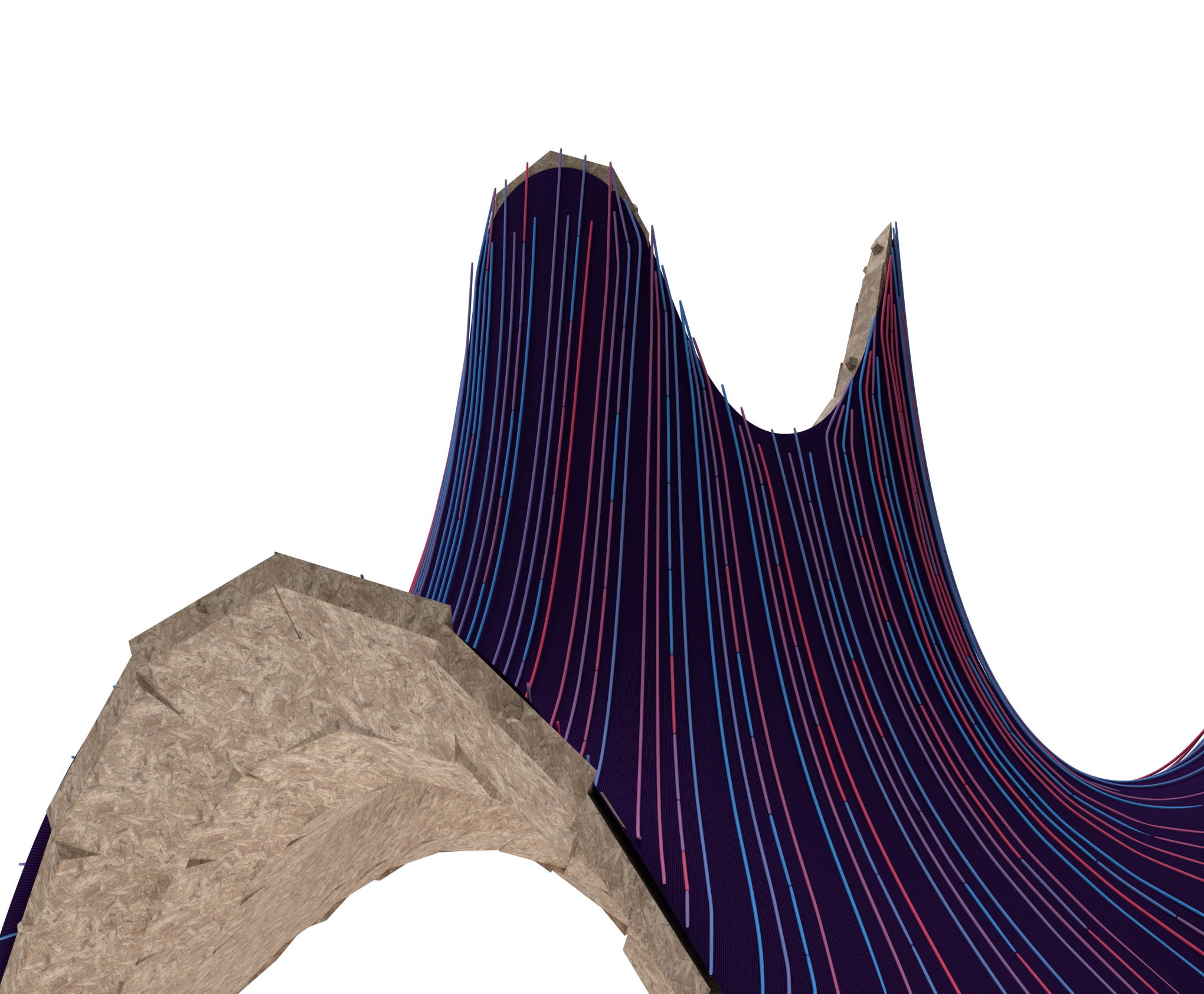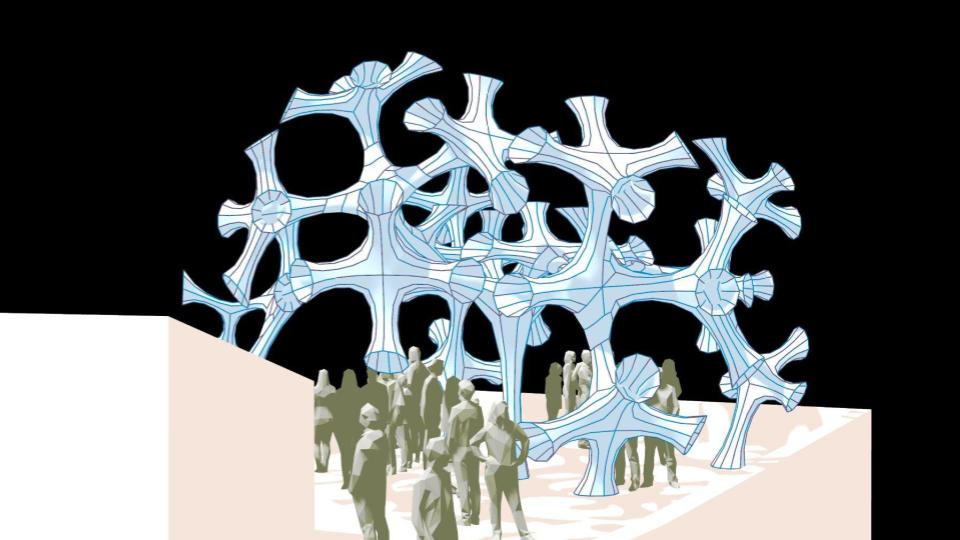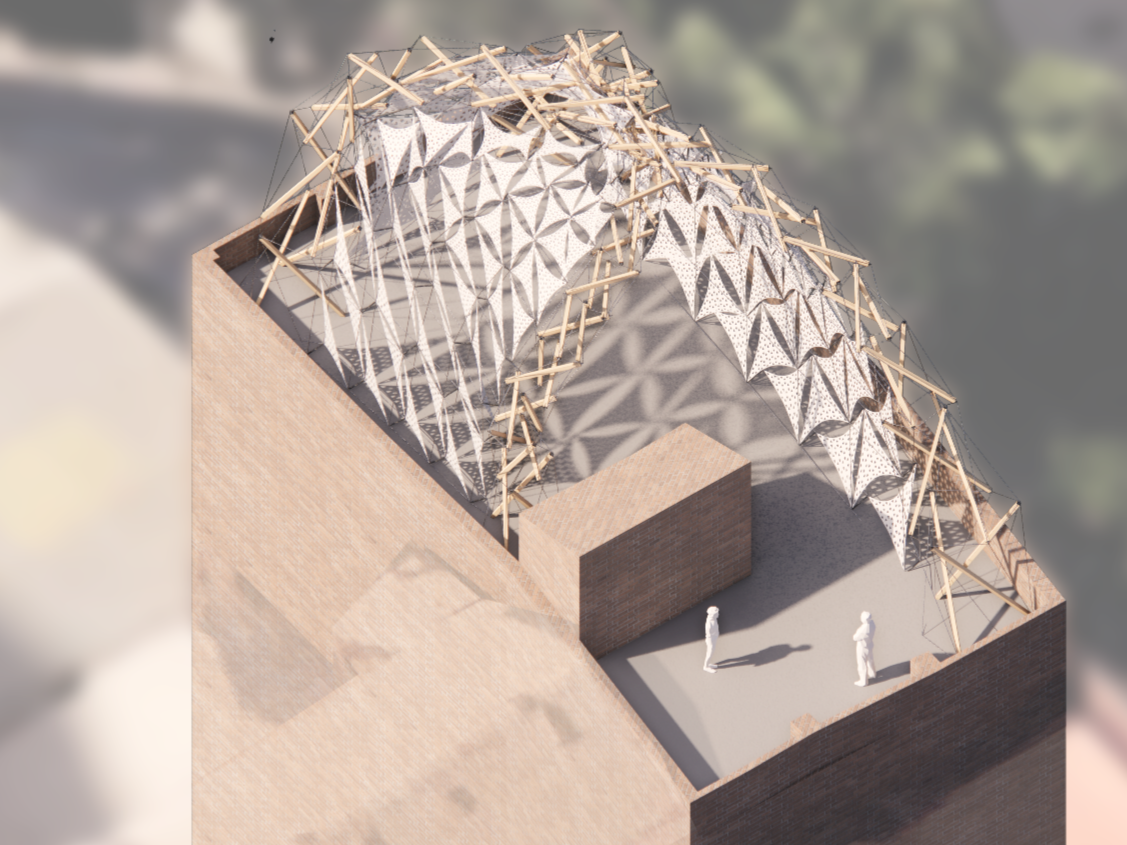The MAA is a visionary master program with an innovative and open structure, mixing diverse disciplines, shaping professionals capable of producing theoretical & practical solutions towards responsive cities, architecture & technology.
Course: MAA01 23/24 Computational Design II Seminar Level 2
In computer science, algorithms are habitually defined as fixed and often finite procedures of step-by-step instructions understood to produce something other than themselves. These logic structures interface with data, sourced from any computable phenomena, becoming the basis for a new array of design strategies. The Computational Design Seminar focuses on emergent design strategies based on algorithmic design logics. From the physical spaces of our built environment to the networked spaces of digital culture, algorithmic and computational strategies are reshaping not only design strategies, but the entire perception of Architecture and its boundaries.
view Syllabus & FacultyFacade Frick Optimizer
manifesto This project focuses on designing manufacturing protocols for integrating CDW-Brick in architectural applications, by programming a geopolymer material system, with controlled porosity and density. The goal is to develop functionally graded elements that respond to building performances (lightweightness, thermal insulation, etc) while acting as decarbonization tools of the building industry. The design process of … Read more
TerraSol
Before creating a whole facade on four faces of a building, we experimented on one wall, parameterizing only the Mesh Vertex Offsets and Perforation Sizes
Microhome-garden colony
In response to the exponential population growth in large cities and the pressing need to reduce carbon emissions, this proposal explores the genetic optimization of constructing minimal habitable units of 25 m² using Cross-Laminated Timber (CLT), inspired by the annual Microhome competition. The objective is to maximize the integration of microhomes, green areas, and exterior-facing … Read more
GAUDI’S CAT
GAUDI’S CAT pavilion is inspired by the geometry of Antonio Gaudi – famous Catenary arches. The structure of the pavilion consists of a central space under the canopy and an open part above. Catenary arches are located in three parts of the pavilion, serving as entrances to it, and elements of Catenary arches are also … Read more
Neuron’s Differential Growth
Stages of Growth Process Pseudo code Generating Random Starting Points Creating Random Dendrites Iterating for Multiple Axes Visualizing Neurons Calculating Total Length and Volume Parameters influencing growth Growth rate Branching angle Influence of neighbouring element Single Neuron Iteration 1 Iteration 2 Neuron System Development of multi-neuron system and connectivity Factors influencing growth Multiplication – 3 … Read more
Rooftop Bamboo Oasis
IaaC – Rooftop Space Analysis Case Studies Design Diagrams Blueprint of the Pavillion / Design Development Iterations Animation Render
CoHabitat
Fostering social interaction and ecological harmony Context Analysis Concept CoHabitat is a dynamic, multifunctional pavilion designed to foster social interaction and ecological harmony. It offers students and faculty a space to socialize and collaborate outside the traditional classroom setting, while also providing nesting grounds for local bird species and promoting biodiversity in the city. The … Read more
IN.TENSION
”This project explores the integration of tensegrity principles in the design of a pavilion on IAAC’s terrace. Employing computational design techniques, the pavilion features two striking arches constructed using wooden rods and cables, showcasing the delicate balance between tension and compression. Moreover, suspended between these arches lies a secondary tensegrity structure, adorned with lightweight membranes … Read more

